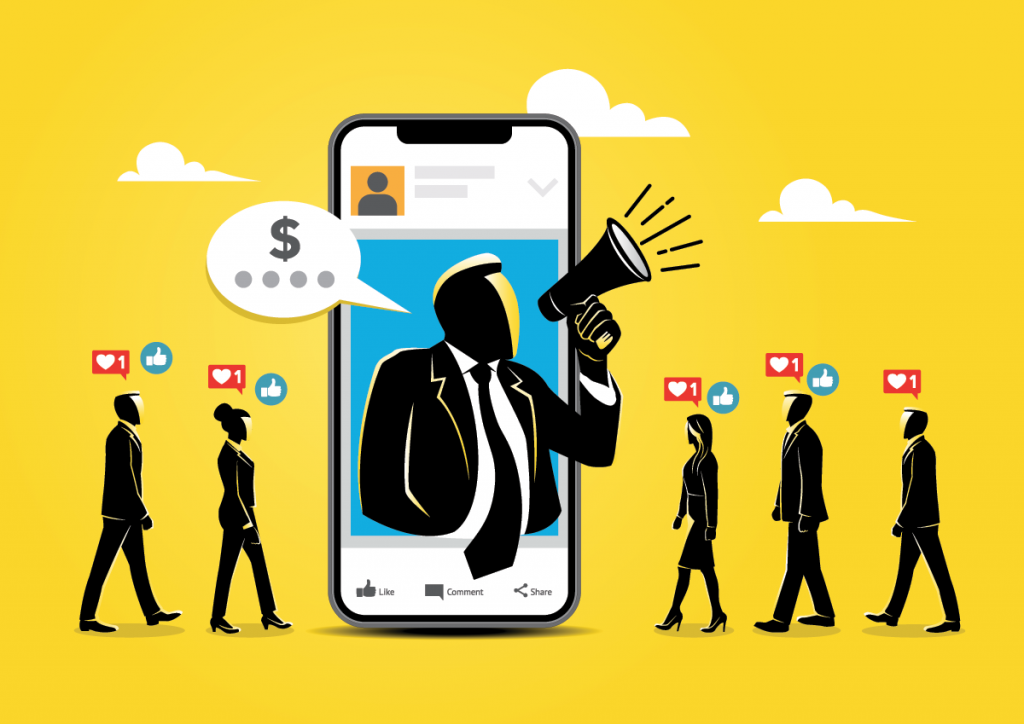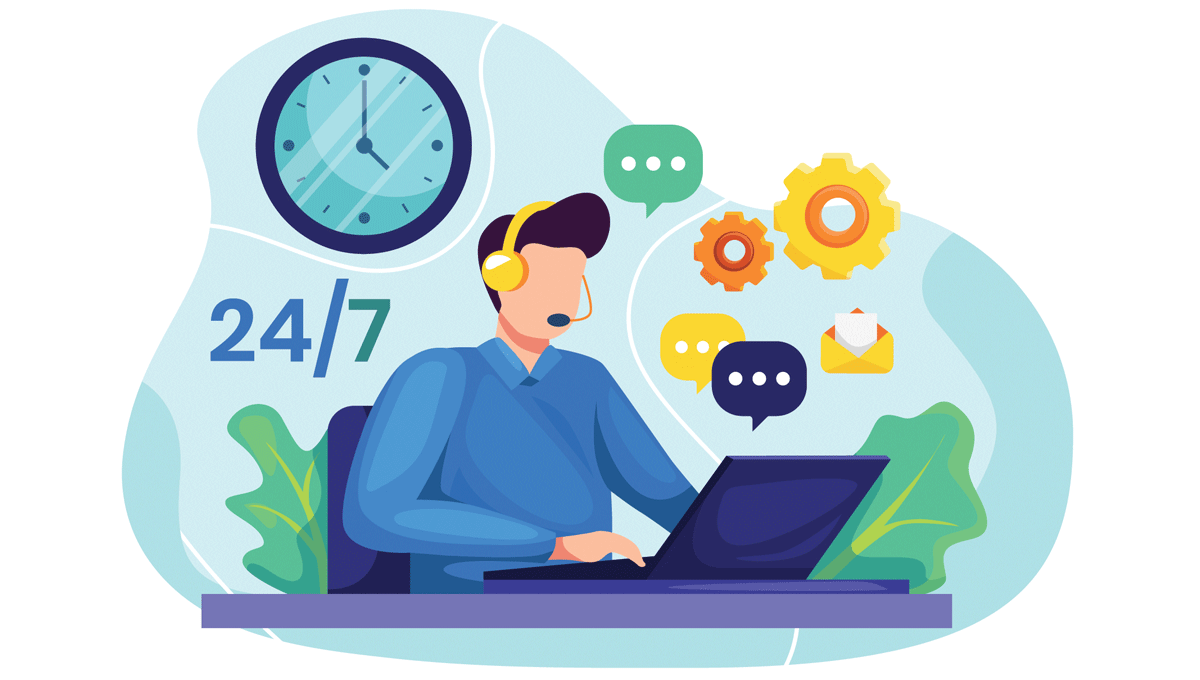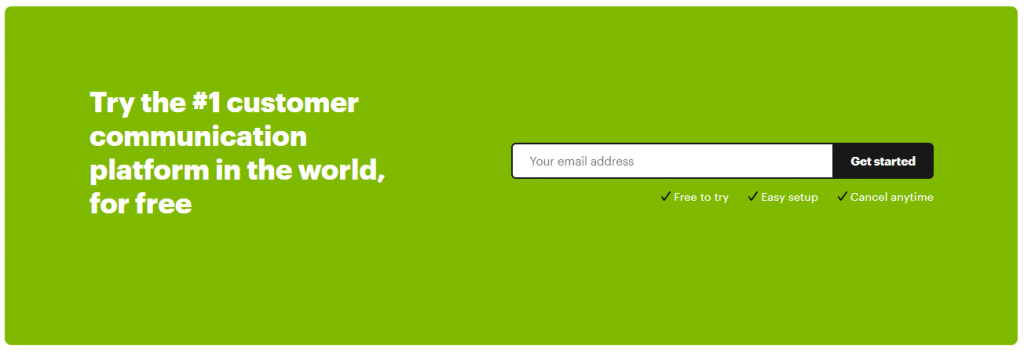We live in a rapidly evolving world where the connection between a company and its customers is becoming more complex and deeper than just the regular customer service and customer support.
Nowadays, customers expect brands to meet their real time needs. In this regard, customer experience is much more than just marketing and sales. Companies need to have a more customer-centric approach to the pain points, needs and interests of their audience. Successful brands do not turn a blind eye to important matters such as:
- How do customers feel about the company and its services and products?
- Do they get answers to the questions they have?
- Is the product or service offered by the brand really solving the problems of the target audience?
- Do customers feel connected with the brand?
So, in order to improve the interactions between a company and its customers, brands need to be thinking not only about customer service and marketing but also about customer engagement.
What is customer engagement?
Customer engagement is the connection your brand builds with its customers through different channels and the strengthening of that relationship over time. It is a process that starts with the first time a customer interacts with you and extends far beyond the purchase point. If the customer engagement strategy is well-executed, it can lead to exponential brand growth and customer loyalty.
When you want to focus on customer engagement, you should think of the ways which will help you to create a valuable experience for your customers rather than solely focusing on the revenue. It is quite important to have a good sales pitch, but it is also vital to provide great end-to-end customer experience, valuable and interactive content and of course real-time support.
Best practices for Customer Engagement
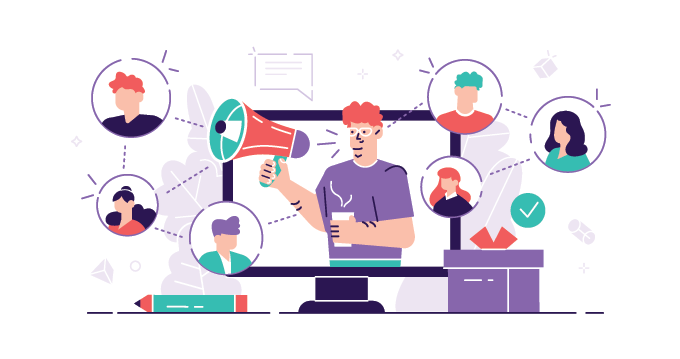
1st – Prioritize customer experience and problem solving
It is no secret that most of the big brands out there are obsessing over their customers. And when we think about this logically it is not a bad thing right? After all, the customers are the driving force of each business so providing them with a pleasant experience that leaves them satisfied is the key to success.
Customer experience is important for marketers and business owners as it is directly reflecting on customer loyalty, customer satisfaction and customer lifetime value. If you strive to be successful in your brand’s growth then you should pamper your customers.
The customer studies by the White House Office of Consumer Affairs, tells us that happy customers that have their problems resolved will tell 4-6 people on average about their positive experience with the brand, while on the other hand a dissatisfied customer will tell 9-15 people about their problem and the lack of effective resolution.
And if we hit the numbers even further, we will see that 95% of the customers who get their problems resolved quickly will do business with you again, while 91% of the dissatisfied customers will not willingly do business with your company in the future. Source: Lee Resource Inc.
2nd – Find personal and friendly approach and start adopting it
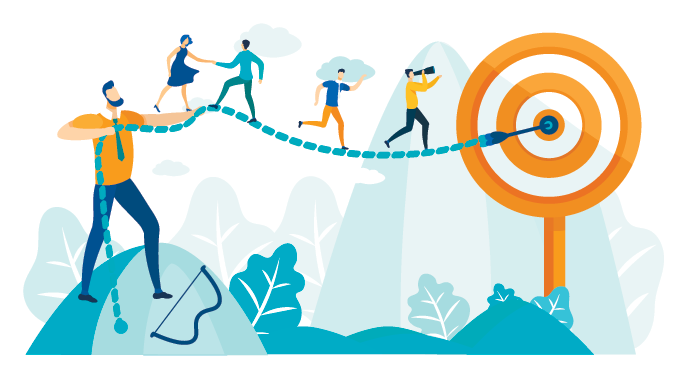
What do we mean by a friendly and personal approach? Well, it means that you should try to interact with your customers in a way that they will feel welcomed and understood. It is really important to understand your customer needs and pain points. Every customer is looking for that understanding so they can easily relate to your brand. Be personal, be understanding, be positive and friendly – that is the way to create lasting relationships with your customers.
Most of the people like to talk with other people and feel natural during the conversation (be it written or verbal one). Using strict and overly formal language will definitely make your customers feel weird and will lead them to think that there is not a real person on the other side but rather some robot with predefined messages, questions and answers.
Adding a more personal touch does not always require a complex algorithm that sends personalized offers depending on the previous experience the customer had with a brand (though it is great if you can implement that). You can do simple but at the same time friendly things like sending a “Happy Birthday” message or greet them for being your loyal customer for the past 3 years (and add that sweet discount code or coupon).
3rd – Create valuable content
Present your audience with informative, attractive and fun content. This one works as a charm when we talk about improving customer engagement.
- Educate your audience – let them know more about your company, brand, products and services. Adding different content types such as pictures, videos, infographics, audio books and etc. will only help the people you target to learn more about you.
- Attract attention – a company can have many ways to attract the attention of customers – using social media, specialized landing pages, community forums, emails and others.
- Customer feedback surveys can give you great ideas on how to grab the attention of your target audience with something that will be relevant and helpful.
- Most of the people are always in for a bit of fun. Witty messages and creative thoughts, funny pictures and videos – those are things that never get old. The better you can relate them to your brand and products, the greater the result will be. Your brand’s social accounts present you with the perfect stage to unleash your creative side.
4th – Polish your customer engagement marketing
Usually the customer engagement marketing is represented by a marketing strategy which delivers personalized, relevant and timely messages to customers. A major factor in this tactic is the personalization, as it is vital to instill a feeling in your customers that they are being treated as engaged members of your brand.
Customer engagement marketing is your best friend that will help you to reduce customer churn rate and achieve improved customer retention. Making sure your loyal customers feel special is the road you should be walking on.
There are many customer engagement platforms that will help you to track industry trends and analyze customer data. Use that information for your marketing and sales campaigns to ensure the maximum effect when it comes down to your customer engagement efforts.
The anatomy of an effective customer engagement message
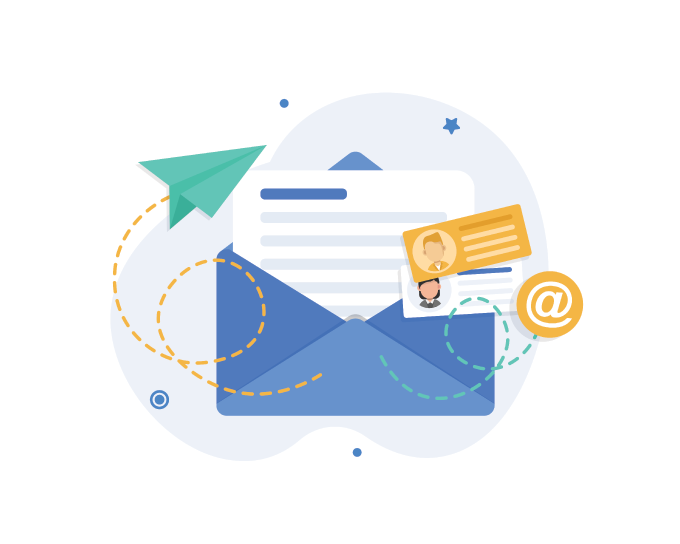
Subject line of the message
The first thing that catches the eye of the reader. So it will be safe to say that it is the first instance that has to catch the attention of your customer. Keep it short, clear and interesting. Yeah, easier said than done right? Well practice makes perfect
Message body
The same principles apply here – keep it clear and on point. Make sure that readers will be able to easily understand exactly what you want to convey with that message – whether the content is about your new product, or service, or product feature. In today’s busy everyday life, most of the people are not very keen on reading long emails.
That applies even more if we talk about customers that will see the message on their mobile devices. It is up to you to build your message in such a way that they don’t just carelessly breeze through it without even seeing the important information you want to point out. Be exact and short with words.
Call to action
As usually the majority of the customer engagement messages aim to make the recipient perform a certain task (purchase, register, download, subscribe and etc.), a natural continuation of the message body is a Call to Action. Making sure that the text before the button explains clearly what will be the benefit of clicking on that button is a must. Though it might sound like an easy thing to do – just put a text in the button and all will magically happen – that is often not the case.
An effective Call to Action button should be enthralling and persuasive. The usage of command verbs makes it clearer what will happen when the customer clicks on the button:
• Sign up now!
• Grab your discount!
• Don’t miss this opportunity!
Example messages that facilitate your customer engagement efforts
Applying the below principles and advices to different types of messages is easy and will hopefully help you to scale and grow your brand. Here are a few examples:
Welcome messages
Just like you greet customers when they enter your physical store or office, the same goes with greeting customers online.
• A warm welcome is always appreciated. Let the recipient know who you are and that you are there to help them get the best of their customer journey
• Similar to the sales person behind the counter – help the recipient understand what value they can get from your product
• Try to answer in advance the most common questions that customers have during the first day. Make sure that the information is easily accessible so your customers won’t have to dig around for ages since the beginning
Activation messages
It is a common message for products with sign-ups. It is especially important for products with free trials, as there will be times when people sign up but do not finish the registration for some reason. You can’t be sure of the reason until they share it personally. They may be experiencing difficulties to activate the product or the service, or they could be only testing its features.
Wait a few days and if they still did not finish the whole registration process, send them an activation message. Send them a brief email that outlines clearly the next step they need to take, and what will be the value of taking that step. Offer them help.
Feature announcement messages
Something that applies to your product, applies the same way to the new features that you release – their value is determined by the problems they solve for customers. As product marketers will tell you – you should focus on what the feature will do for the customers, how it will make their life easier. Viewing the feature from your customer’s perspective will help you to better define the message and convince them to give it a try. Do not emphasize on how long you’ve been working on it or how much effort it took you to complete it – focus on the positive outcome for the end customer.
Feedback messages
Gathering adequate feedback sometimes turns out to be hard and it all depends on you. The more general the questions you ask your audience are the more general the answers will be. Answers such as “good app” or “not performing well” won’t really help you to identify exactly what the customer means (which are the features they like and what needs to be added or improved)
• Be specific in what you want to ask your customers. Questions such as: “Did you like our new feature?”, “Are you having problems completing our registration form?”
• Tell your customers what you will do with their feedback. For example: “We collect weekly feedbacks from our customers and our product manager work with the product development team to satisfy your interests and needs when using our product.”
• Keep it short. Do not ask too much of your customers. It is a no-brainer that 3 question survey will be filled by a lot more customers than hundred questions one.
Promotional and upsell messages
If we look at the numbers from Marketing Metrics by Paul Farris, the probability of selling to a new prospect is between 5-20% while if we talk about existing customers the percentage rises to 60-70%.
But while it is really tempting to promote a new feature or product that you’ve just released to all your customers, you should stop and think. Having in mind that upsells and promotions are the low-hanging fruits for customer engagement it is mandatory for us to define whether it is relevant to our customer’s business or not.
Furthermore, you have to be sure that you can answer the important questions of your customers even before they are asked, questions such as: “what’s in it for me?”. Make it crystal clear how your latest offer is better than the current one, what will be the advantages for the customer and their business.
Conclusion
Following the above best practices of customer engagement will help you to effectively target your brand’s customer base. The result will be better customer interactions. In the long term, those practices will decrease customer churn and win you more highly engaged customers. Have in mind that customers are in the center of all, even if you have to obsess over them a bit.
